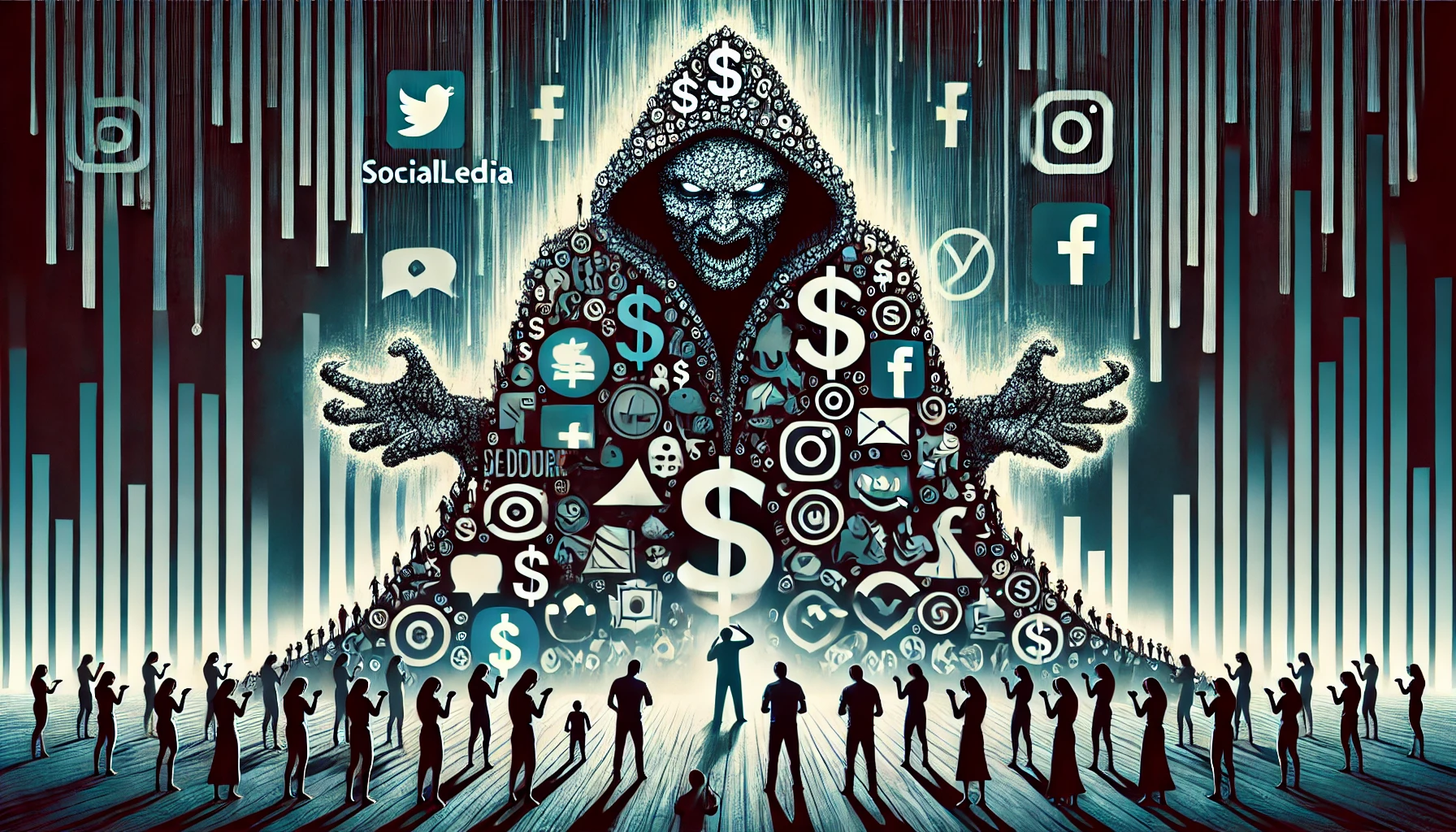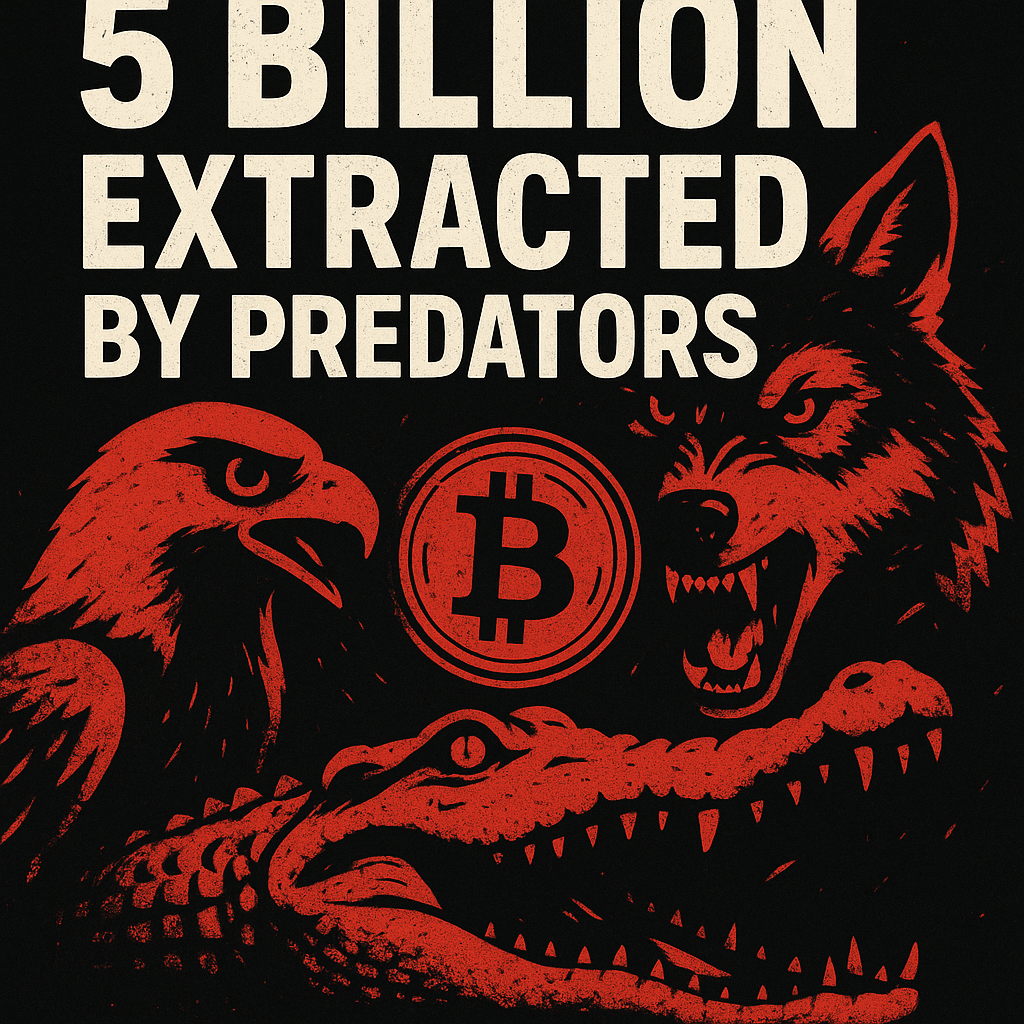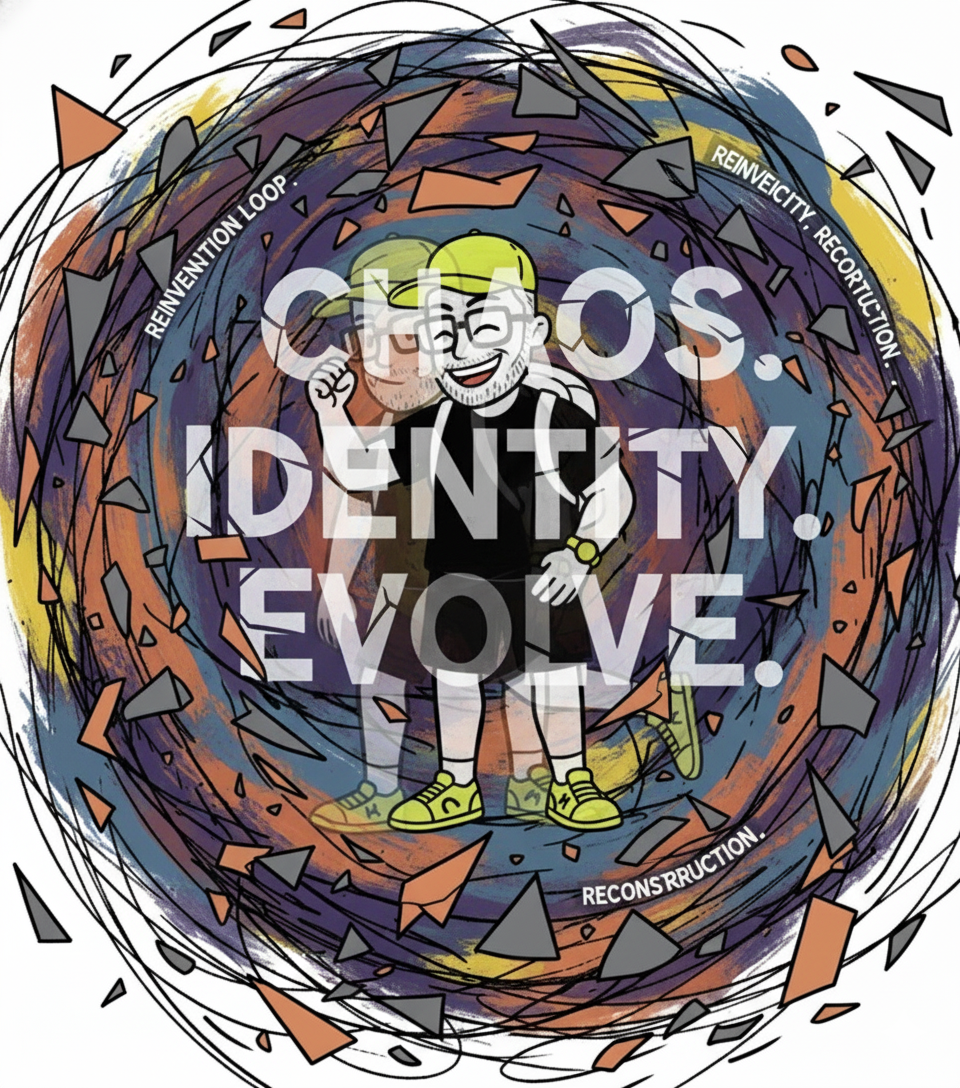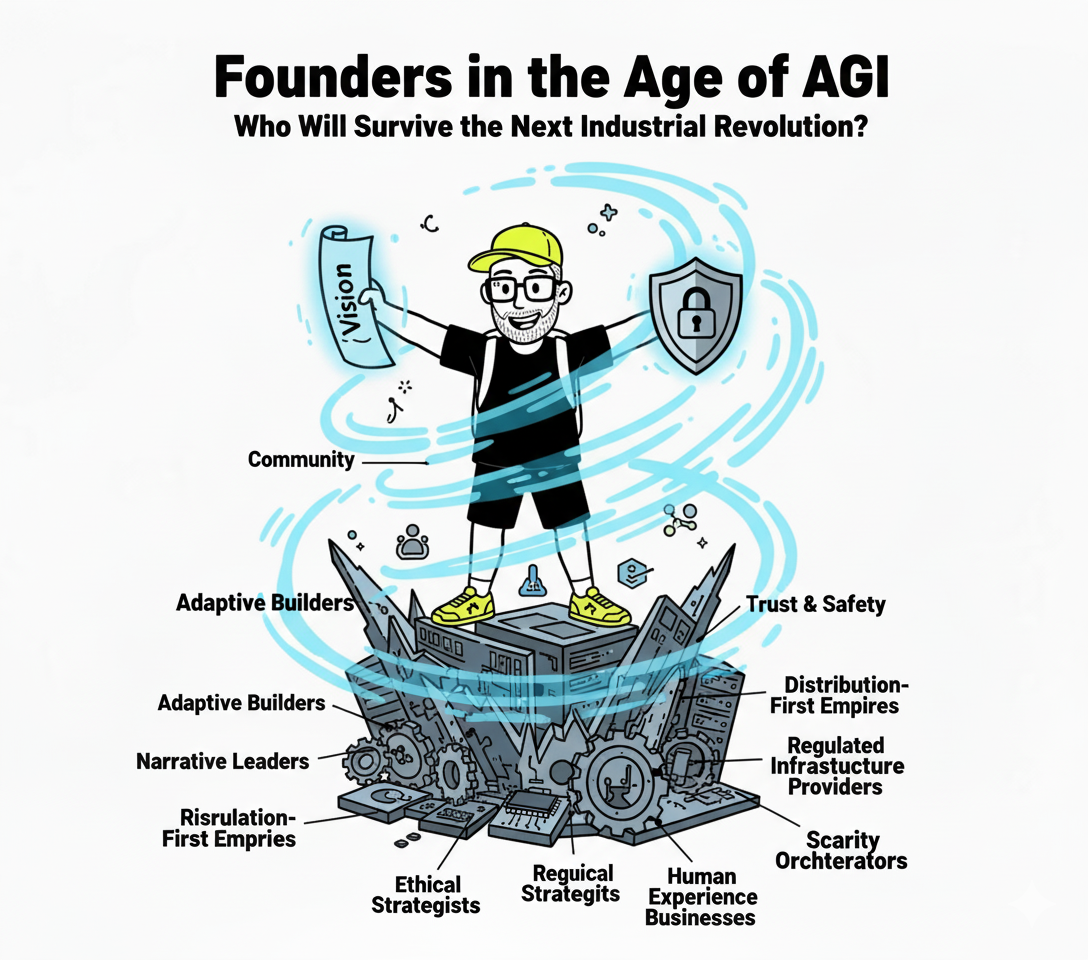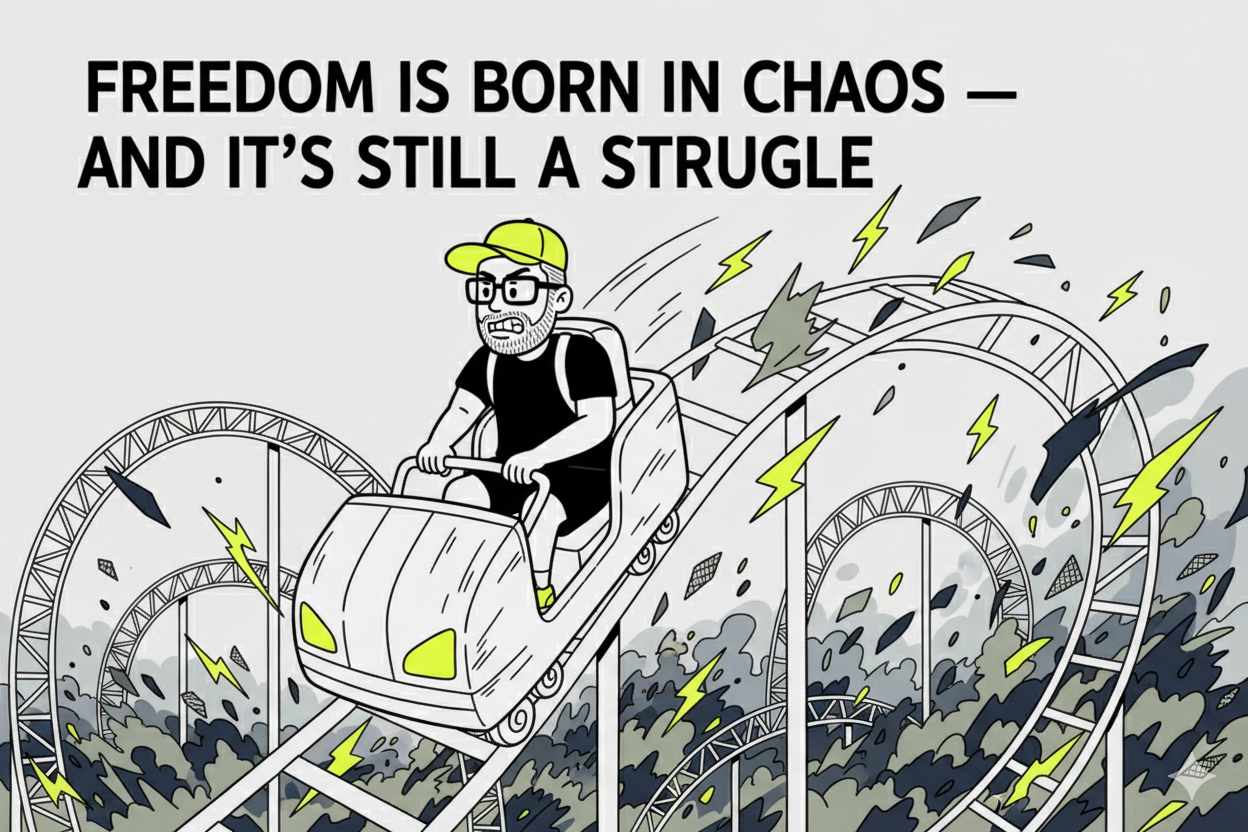In today’s world, attention is currency, and you are the prey. Whether it’s Kim Kardashian, memecoins, NFTs, or political movements, the attention economy operates on a singular, ruthless principle: extract as much engagement, money, and belief from you as possible—before the hype cycle moves on.
But there’s an even deeper, more primal force at play: the human need to follow a leader.
People crave certainty, guidance, and validation—and the attention economy exploits this need relentlessly. Whether it’s a celebrity, an influencer, or a financial guru, the system thrives by creating figureheads that people can rally around, trust, and defend—often to their own detriment.
Step 1: Manufacturing the Leader You Want to Follow
The first step in this predatory cycle is to create a charismatic figurehead—someone who embodies what people aspire to be.
- Kim Kardashian: She isn’t just a reality star; she represents wealth, beauty, and influence. Millions follow her because they want a piece of that image.
- Memecoin Mascots (Elon Musk & Dogecoin, Andrew Tate & Hustler Culture): These figures present themselves as visionaries who “understand” something the masses don’t. Their followers believe that by aligning with them, they’ll achieve the same success.
- Luxury Brands & Cult Products: The CEOs and designers behind Tesla, Supreme, or Rolex become icons, making their products seem like an extension of an elite club.
Once the leader is in place, the real manipulation begins.
Step 2: Creating the Cult-Like Following
A successful hype cycle doesn’t just sell a product—it creates a belief system.
- “This is bigger than a trend—it’s a movement.” When Tesla fans defend the company like a religion, or memecoin holders insist “we’re early,” they’re not talking about just a product. They’ve been conditioned to believe in the leader.
- Exclusivity = Loyalty. The harder it is to access something (a rare NFT, an invitation-only crypto group, a $1,000 sneaker drop), the more people feel privileged to be part of it. That exclusivity fuels loyalty.
- “If you question it, you’re a hater.” The strongest indicator of a manufactured leader-follower dynamic is when criticism is met with defensive hostility rather than rational discussion.
The people who benefit from this aren’t the followers—it’s the leaders at the top, who profit off blind loyalty.
Step 3: The Inevitable Dump—And the Search for a New Leader
Every hype-driven leader eventually falls, fades, or gets exposed—but the demand for leadership never disappears.
- When Memecoins Crash, a New “Revolutionary” Coin Rises
- Dogecoin’s hype dies → Shiba Inu takes over → PEPE coin emerges → Repeat.
- When One Influencer Falls, Another Rises
- Logan Paul’s scams get exposed → Andrew Tate steps in → A new “alpha guru” emerges.
- When One Political Figure Loses Power, the Next Savior Appears
- Trump, Musk, Tate, Kardashian—these figures come and go, but the system remains.
Because people need to follow something, a new leader always steps in to restart the cycle.
Why the Attention Economy is Predatory
This system preys on psychological vulnerabilities that are hardwired into human nature:
- The Need for Leadership & Belonging
- People want to be part of something bigger than themselves. The attention economy hijacks this need to create artificial tribes—ones that exist not to help the members, but to extract money and loyalty from them.
- Fear of Missing Out (FOMO)
- “If you don’t buy this NFT/memecoin/limited-edition sneaker now, you’ll regret it forever.”
- Social Status Manipulation
- “Look at how rich and successful these influencers are! You can be like them if you follow their advice.”
- Tribalism & Emotional Investment
- “You’re either with us or against us. If you question the hype, you’re just a hater.”
At its core, this isn’t about products, investments, or movements. It’s about controlling human behavior—and making sure you pay for it.
How to Avoid Being the Prey
So, how do you avoid getting exploited by the attention economy’s predatory nature?
1. Question the Leader, Not Just the Product
Ask yourself: Does this person benefit from my loyalty more than I do?
- Are they offering real value, or are they just creating an illusion?
- Do they sell a lifestyle but profit off selling dreams?
2. Recognize When You’re Being Used
- Are you promoting a brand, product, or movement for free?
- Are you defending someone you don’t even personally know?
- Are you feeling pressured to believe instead of just consider?
3. Watch for the Early Exits
- If insiders and influencers start moving on, so should you.
- If your “leader” shifts their focus to the next big thing, they’re cashing out.
4. Resist the Emotional Trap
The moment you start feeling emotionally attached to a brand, influencer, or investment, step back. They are not your family. They are not your friend. They are part of an economic system designed to use your need for leadership against you.
Conclusion: Either You Exploit It, or It Exploits You
The attention economy is not built for fairness. It’s built to monetize human psychology as efficiently as possible, regardless of who gets left behind.
You can either be:
- The one who recognizes the game and profits from it, or
- The one who gets caught in the cycle, chasing trends and leaders that were never meant to last.
Which side are you on?
